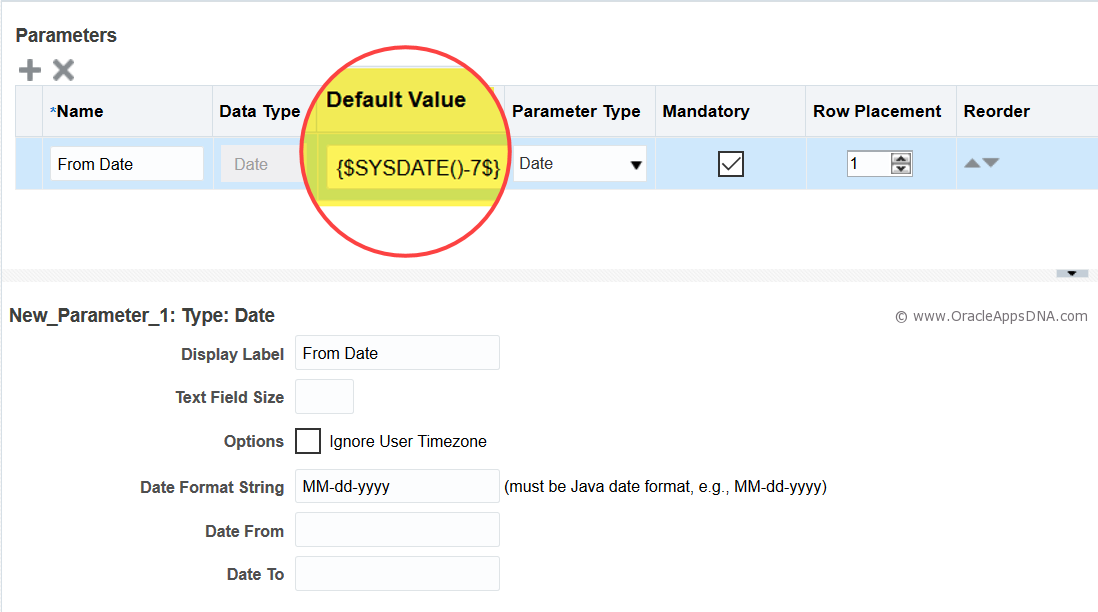


Below is the list of these subcategories under this.īased on the selection you make, it will add a new column to the data table without replacing the old column of data. Similarly, after the “Date Only” option, we have options of “Year, Month, Quarter, Week, and Day.” Under each of these, we have several other options as well. Now look at the data table it has a new column as “Date,” which contains only “date” values from the date & time column. Click on the drop-down list of “Date” and choose “Date only.”.In the power query editor window, choose the “Add Column” tab under this tab, we have a huge list of date formats.This will open the “ Power BI Query Power BI Query Mortgage Recast is the process of recalculating the loan repayment schedule when the borrower repays a large amount on account of mortgage principal. Under the HOME tab, click on “Edit Queries.”.The users can even share their findings and create multiple reports using more query tools. In such cases, we don’t have time here, so have custom columns we need to open the “ Power Query Power Query Power Query in Excel is a case-sensitive tool that helps the users search data sources, associate with data sources, and then shape the database according to their requirement. This seems easy but imagines a situation where you need to have time separately, date separately, month separately, and day separately. This will change the date to the below format now. We have several listed formatting codes here, choose “dd-mm-yyyy” format from this list. There are two parameters only: Date.AddDays (Date or DateTime value or Column, Number of Days to be added) The function should then return a column of dates being the Date or DateTime value in the first parameter with the number of days in the second parameter added on. To change the date format to “DD-MM-YYYY, click on the drop-down list of “Format” tab.
#Bi publisher add days to date full#

Click on “Load” to upload the data to Power BI now, we can see this table in the “Data” tab of Power BI.Select the first cell of the table and paste the above-copied table.Open the Power BI file and click on “Enter Data” from the Home tab.I appreciate who can give me guidance in knowing what I am doing wrong.Upload the above table to the Power BI file by following the below steps. I have tried adding the data type HOUR, DATE, DATETIME, but I am unsuccessful. Where I.CREATEDDATETIME = ( Select MAX(CREATEDDATETIME) Select V.*, I2.Coment, I2.MODIFIEDBY, I2.CreatedDateTimeĭATEADD(MINUTE, DATEDIFF(MINUTE, GETUTCDATE(),GETDATE()), I.CreatedDateTime) CreatedDateTime Insert into (Estatus, ClaveCustomer, Dateadd(HOUR, HourArrived, DateHourExit) ETA, Lote, Address, OC)ĭateadd(HOUR, HourArrived, DateHourExit) ETA, RETURNS table (Estatus varchar(50), ClaveCustomer varchar(50), Dateadd(HOUR, HorasArribo, FechaHoraSalida) ETA, Lote varchar(50), Address varchar(150), OC varchar(50)) The syntax of the function I am building is as follows: CREATE FUNCTION varchar(50) I am creating a Table-valued function in SQL Server but I am presenting an error when using the function Dateadd, this generates the following message as an error: The definition for column 'Dateadd' must include a data type Can anyone please guide me if it is possible to achieve the same thing without using datetype variable. IF AND, I cannot use the variable as date type because i am using this string type variable to dynamically generate one big sql query inside another ssis variable. SET = DATEADD(day, -1, convert(date, = DATEADD(day, 1, convert(date, 102) IF AND, to do the changes like below but this is not working.
#Bi publisher add days to date code#
My actual code is as below: DECLARE VARCHAR(100)

Wanted to convert the start date to day - 1 and end date to + 1 day and then process the variable. Passing this values to a sql task editor in SSIS. Using string parameter for start date and end date.


 0 kommentar(er)
0 kommentar(er)
